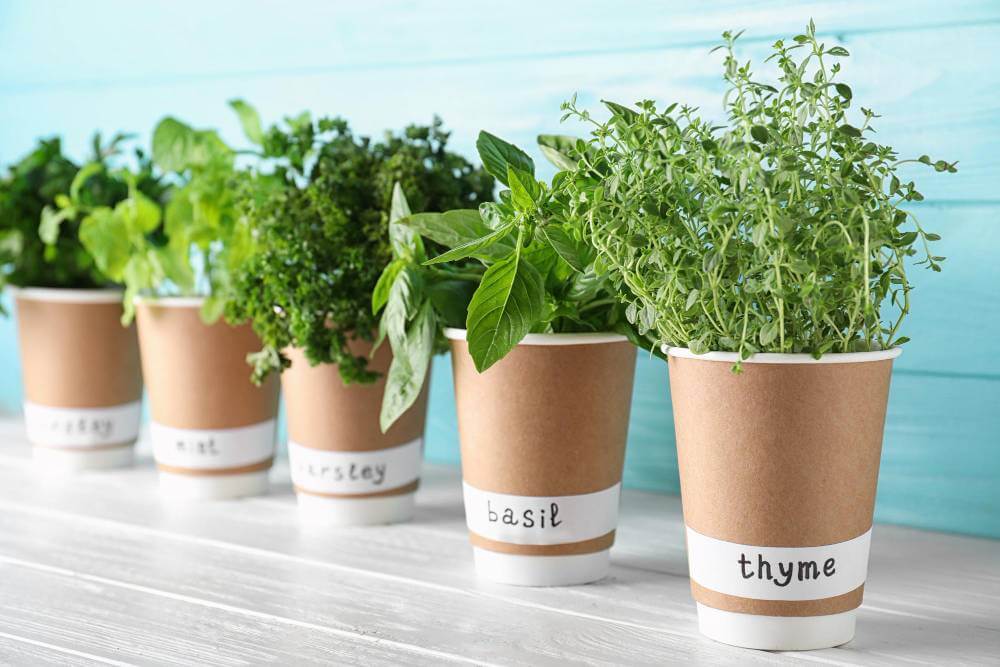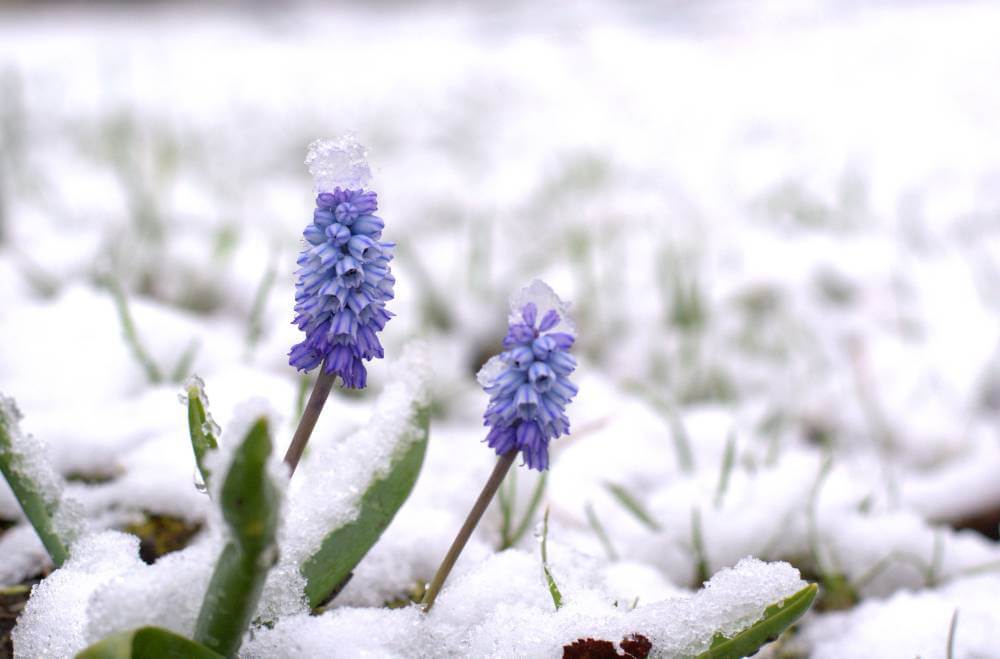Hey there! Are you ready to take your gardening game to the next level? If so, buckle up because today we’re diving into the aromatic world of rosemary. Whether you’re a seasoned gardener or a newbie with a penchant for herbs, growing rosemary can add a flavorful and fragrant dimension to your garden that you won’t want to miss out on. So, let’s get started on this delightful journey to becoming a rosemary aficionado!
Benefits & Typical Uses: More Than Just a Flavor Booster
Let’s talk about the perks of having your own rosemary patch. Not only does it enhance the flavor of your favorite dishes – think roasted potatoes, grilled meats, and savory bread – but it also boasts a plethora of health benefits. Rosemary is rich in antioxidants, anti-inflammatory compounds, and vitamins, making it a powerhouse herb for boosting immunity and promoting overall well-being.
In addition to its culinary and medicinal uses, rosemary doubles as a natural pest repellent in the garden, warding off pesky insects like mosquitoes and carrot flies. Plus, its aromatic foliage adds an enchanting touch to floral arrangements and potpourri – talk about a multi-purpose herb!
Different Varieties: Exploring the Rosemary Rainbow
Did you know that there’s more to rosemary than just your typical garden variety? The world of rosemary offers a rainbow of options to suit every gardener’s preference and space constraints. One popular variety is ‘Tuscan Blue,’ known for its robust growth and intense flavor, perfect for culinary adventures. If you’re tight on space, ‘Prostratus’ or creeping rosemary might be your go-to, cascading beautifully over rock walls or spilling out of containers with grace.
Annual or Perennial: The Perks of Perenniality
One of the many charms of rosemary is its status as a perennial herb. Unlike annuals that require replanting each year, rosemary keeps on giving season after season, making it a reliable and low-maintenance addition to your garden. Once established, your rosemary plants will thrive for years, rewarding you with an abundance of fragrant foliage to harvest at your leisure.
Preferred Planting Season: Timing Is Everything
When it comes to planting rosemary, timing is everything. While it’s technically possible to plant rosemary year-round in mild climates, the best time to get your hands dirty is in the spring, after the threat of frost has passed. This gives your plants a head start to establish their roots before the scorching heat of summer sets in.
Full Sun or Shade Tolerant: Let There Be Light!
Rosemary is a sun worshipper through and through. This herb thrives in full sun, soaking up at least six to eight hours of sunlight daily to reach its full potential. While it can tolerate partial shade, especially in hot climates where some respite from the sun is appreciated, too much shade can lead to leggy growth and diminished flavor. So, if you want your rosemary to flourish, give it all the sunshine it desires!
Tips for Winter Care: Cozying Up Your Rosemary
As temperatures drop and winter approaches, it’s essential to show your rosemary some extra TLC to ensure its survival through the chilly months ahead. While rosemary is relatively cold hardy, prolonged exposure to freezing temperatures can spell trouble for your plants.
To protect your rosemary from frost damage, consider mulching around the base of the plant to insulate the roots and provide a cozy blanket against the cold. In colder regions, you might even opt to bring potted rosemary indoors or cover outdoor plants with frost cloth during particularly harsh weather spells.
Grow from Seeds vs. Seedling: The Great Debate
When it comes to growing rosemary, you have two primary options: starting from seeds or purchasing seedlings from a nursery. While growing from seeds offers the satisfaction of watching your plants grow from scratch, it requires patience and a bit of trial and error.
On the other hand, opting for seedlings provides a head start, allowing you to skip the germination process and jump straight into nurturing your young plants. Whichever route you choose, make sure to provide your rosemary with well-draining soil, ample sunlight, and regular water to set them up for success.
Growing from Cuttings: A Thrifty Approach
If you’re feeling particularly adventurous (or frugal), why not try your hand at propagating rosemary from cuttings? This method not only saves you money on buying new plants but also allows you to replicate your favorite rosemary varieties with ease.
To propagate rosemary from cuttings, simply snip a 4-6 inch stem from a healthy, established plant, remove the lower leaves, and place the cutting in a pot filled with well-draining soil. Rosemary, being a Mediterranean herb, thrives in well-draining soil and prefers drier conditions, mimicking its natural habitat. Propagating rosemary in the soil allows for the development of robust root systems and encourages strong, healthy growth.
Keep the soil consistently moist and provide indirect sunlight until roots form, then transplant your new rosemary plants into their permanent homes.
Grow Rosemary Indoors vs. Outdoors
When it comes to cultivating rosemary, the choice between indoor and outdoor growing largely depends on your specific circumstances and preferences. Indoor cultivation offers the convenience of year-round access to fresh herbs right in your kitchen, regardless of the weather outside. However, indoor growing does come with its challenges, such as providing adequate sunlight and humidity levels, as well as potential pest issues.
On the other hand, outdoor cultivation allows your rosemary to bask in the full glory of natural sunlight and fresh air, providing optimal growing conditions for this Mediterranean herb. Outdoor plants have the space to spread their roots and grow to their full potential, often resulting in larger and more robust specimens compared to their indoor counterparts. Additionally, outdoor gardens offer a diverse ecosystem where your rosemary can interact with other plants and beneficial insects, contributing to a thriving garden ecosystem.
Consider factors such as space availability, climate, and gardening goals to determine the best growing environment for your rosemary plants.
Best Soil for Growing Rosemary
The foundation of any successful garden lies in the soil beneath your feet. When it comes to growing rosemary, opt for a well-draining soil blend that mimics its native Mediterranean habitat. Sandy loam or a mixture of potting soil and sand works wonders, providing the perfect balance of moisture retention and drainage to keep your rosemary happy and healthy. Remember, healthy soil equals healthy plants, so don’t skimp on this crucial step!
Unlock the Secret to Potting Up Your Rosemary!
Short on garden space? No problem! Growing rosemary in pots is not only practical but also incredibly rewarding. To get started, choose a pot with adequate drainage holes and fill it with a well-draining potting mix. Plant your rosemary, ensuring the root ball is level with the soil surface, and water thoroughly. Place your pot in a sunny spot, water regularly, and watch your rosemary thrive in its cozy container home!
Hydroponic Cultivation: The Future of Herb Gardening!
Ready to revolutionize your gardening game? Say hello to hydroponic cultivation – the soil-free solution to growing lush, flavorful rosemary year-round. In a hydroponic system, plants receive essential nutrients directly through water, eliminating the need for soil altogether. Invest in a hydroponic setup or DIY your own system, and watch as your rosemary flourishes in this innovative and efficient growing method.
Watering Instructions: Quench Your Rosemary’s Thirst
When it comes to watering your rosemary, moderation is key. This drought-tolerant herb prefers to be on the dry side, so avoid overwatering to prevent root rot and other moisture-related issues. Allow the top inch of soil to dry out between waterings, then water thoroughly, ensuring excess water drains away. In hot weather, increase watering frequency, but always err on the side of underwatering to keep your rosemary happy and healthy.
Companion Planting with Rosemary
Create a thriving ecosystem in your garden by harnessing the power of companion planting! Pair your rosemary with compatible herbs like sage and thyme, aromatic flowers like lavender and marigold, and pest-repellent vegetables like tomatoes and peppers. Together, these plant partners will help ward off pests, attract beneficial insects, and enhance the flavor and fragrance of your garden bounty. It’s a win-win for both you and your plants!
Planting Foes: Beware of Unfriendly Neighbors!
Not all plants play nice with rosemary! Avoid planting companions like cabbage, fennel, and cucumbers, which can inhibit rosemary’s growth and flavor. Keep your garden harmonious by researching compatible plant pairings and steering clear of potential planting foes that could spell trouble for your prized herbs.
Attraction for Pollinators: Roll Out the Welcome Mat
Transforming your garden into a pollinator’s paradise not only benefits your plants but also ensures a thriving ecosystem teeming with life. While some gardeners may wonder if rosemary itself attracts pollinators, the answer is a resounding yes! Rosemary’s delicate blue flowers, abundant with nectar, serve as a magnet for bees, butterflies, and other beneficial insects seeking nourishment. By planting rosemary alongside other pollinator-friendly flowers like bee balm, coneflower, and salvia, you create a symphony of scents and colors that beckon to nature’s helpers. These industrious pollinators flit from bloom to bloom, transferring pollen and ensuring the fertilization of your garden’s fruits, vegetables, and herbs. In return, they receive sustenance and shelter, forging a mutually beneficial relationship that contributes to the health and vitality of your garden ecosystem. So, embrace the beauty of rosemary’s blossoms and welcome pollinators with open arms – your garden will thank you for it!
Pruning Instructions: Shape Your Rosemary with Precision!
Give your rosemary the royal treatment with regular pruning to promote bushy growth, improve airflow, and maintain its shape and size. Use sharp, clean pruners to remove dead or woody stems, and trim back leggy growth to encourage new growth from the base. Prune your rosemary after flowering or in early spring for best results, and watch as your plants thrive under your expert care.
Pest Treatment: Banish Unwanted Visitors
Unwanted pests crashing your garden party? Don’t fret – there’s a natural solution for every pest problem! From aphids to spider mites, combat common garden pests with eco-friendly remedies like neem oil, insecticidal soap, or homemade garlic spray. Introduce beneficial insects like ladybugs and lacewings to your garden to keep pest populations in check, and watch as your rosemary flourishes pest-free!
Wrapping Up
And there you have it, folks – a crash course in all things rosemary! From its culinary delights to its garden prowess, this humble herb has certainly earned its rightful place in the spotlight. By providing the right growing conditions, watering regimen, and pruning care, you can enjoy a bountiful harvest of fragrant and flavorful herbs while attracting beneficial pollinators to your garden.
So, roll up your sleeves, dig in the dirt, and let the aromatic allure of rosemary elevate your garden to new heights!
Ready to dive deeper into the world of gardening? Check out more posts on my blog for expert tips, tricks, and inspiration to level up your green-thumb game!







